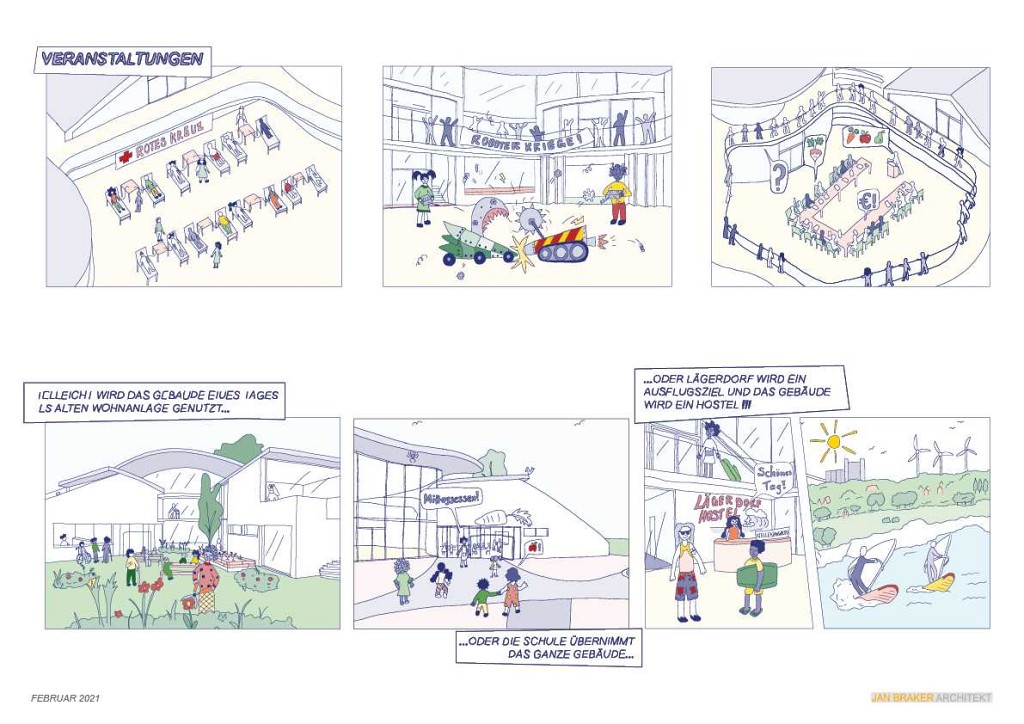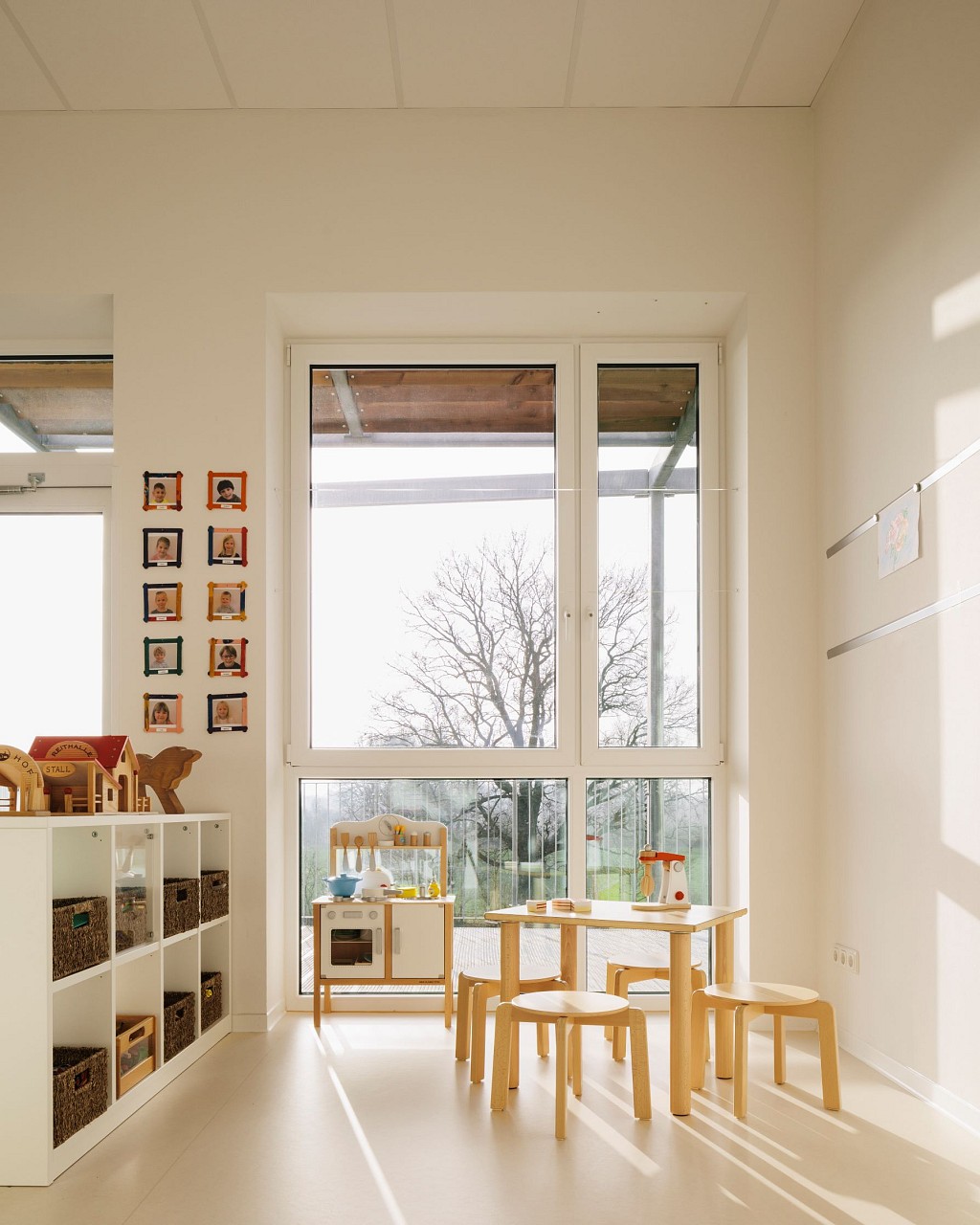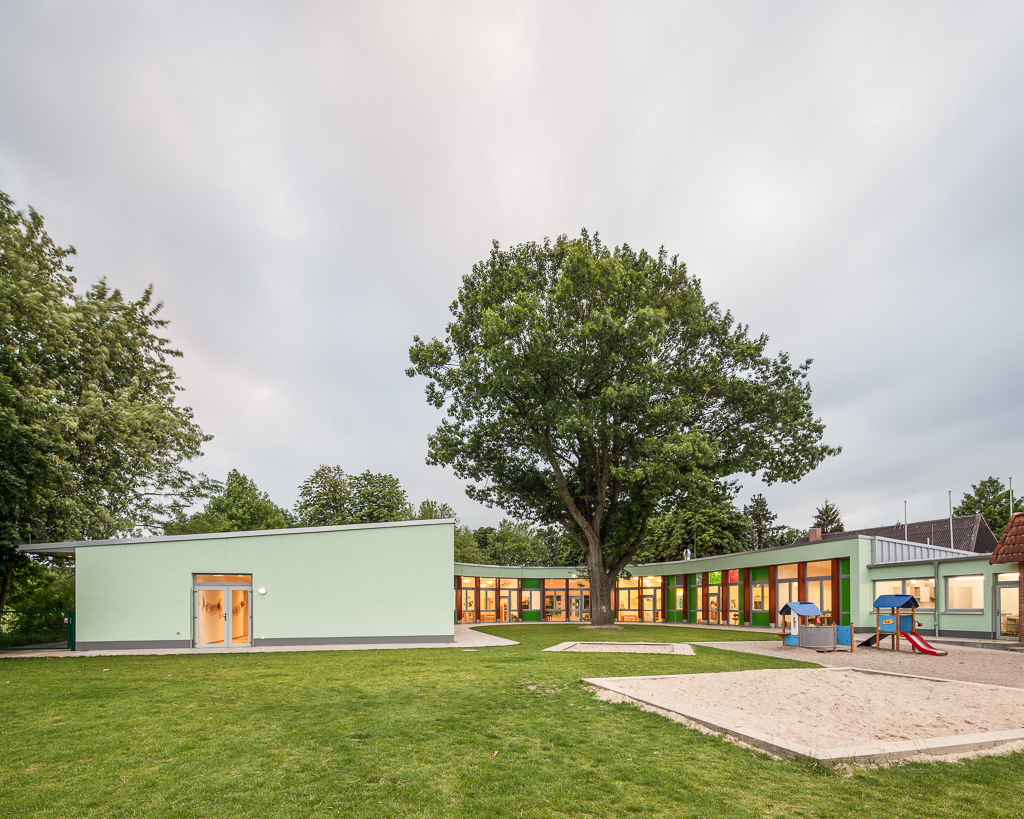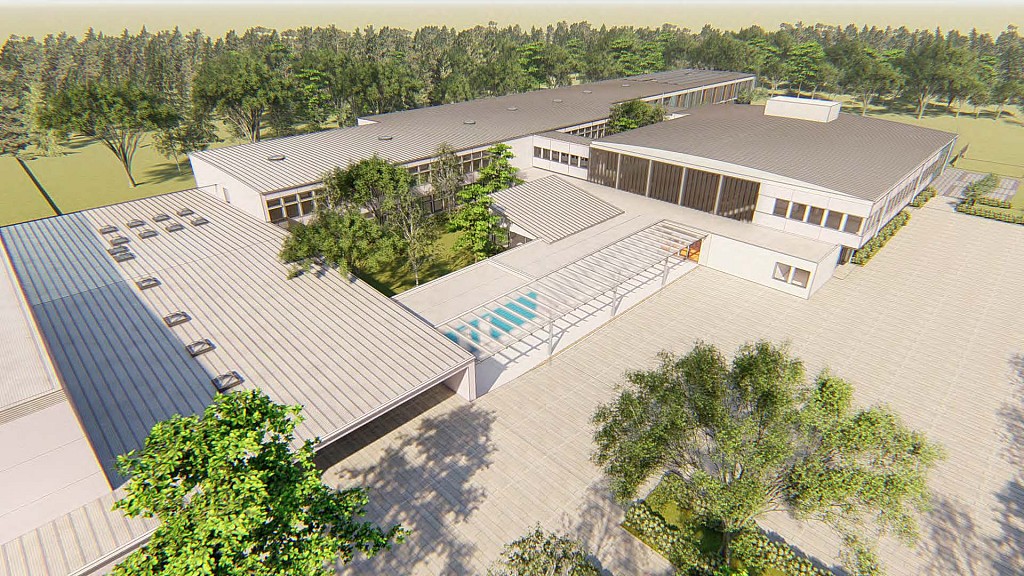Revamping German educational facilities into communal centres
The German educational system recently underwent substantial changes initiated by new political programs. Based on young families’ needs for spaces to accommodate their children while pursuing their careers, the government started a series of transforming existing buildings and also constructing new ones. Both architects and policymakers are aware that this method of alterations should definitely include the local communities in the process of decision-making. Through discussing some projects handled by our office, this paper explains the process undertaken by the triangle of local communities, authorities, and us as architects in order to realize the new needs of the society.Our opportunity, as designers, is to learn how to handle the complexity, rather than shy away from it, and to realize that the big art of design is to make complicated things simple.’ Tim ParseyThe German educational system recently underwent substantial changes initiated by new political programs. One of the main concerns of those programs is to target the German social structure through complex transformational series of existing buildings or even constructing new ones. That being the case, architects nowadays are faced with new challenges and additional demands regarding their duties and skillsets. Both the authorities and architects are aware that this method of alterations would not be complete without including the local communities in the process of decision-making.Reflecting on the needs of the community as a pressing priority, the German government followed a policy of offering extended childcare services for working parents in the past fifteen years. This initially started with a program that offers young parents the chance to take time off work for up to fifteen months after the birth of their child. The program specifically encouraged fathers to use this opportunity and support redefining parental roles within the German family’ structure, and also to enable both parents to equally develop a career. In order to realize this strategy, the government granted every family the right of a space for their child at a daycare. This policy caused a booming establishment of new nurseries, kindergarten, and schools that are largely funded by the German government itself.A step forward in supporting young families, the chance to leave their children in schools before and after the regular school hours was offered to support many parents to make advances in their careers. In order to create enough places for those children, local communities were assigned by the German government to provide enough facilities and remodel many existing buildings to accommodate the increasing numbers of applicants. In general, school facilities befit a variety of functions than just education, for example elections, community gatherings, celebrations, and regular meetings of local politicians. This escalating program of reshaping the function of childcare/schooling facilities obliges members of the local parliaments to define specific concepts for their proposed projects in order to get the required funding and adequate finances.This paper explains the process undertaken by the triangle of the local communities, the parliament representatives and the architects in order to realize this typology of projects. Through presenting four projects of which our office has handled during the past ten years, we aim to highlight the approaches involved in mediating between the different stakeholders along the process. The paper also highlights the different mechanisms and the new challenges that are shaping the role of the architect nowadays in times of socio-political awareness.
- Location
- University of Nottingham Trent
- Year
- 2021
- Status
- Paper / Conference
- Author
- Jan Braker, Dipl.-Ing.& Bedour Braker, Ph.D.
- Type
- Conference
- Organiser
- IASTE Berkeley & University of Nottingham Trent
- Presented
- 29 Aug - 3 Sept 2021
- Link
- http://iaste.org/iaste-2020-virtual-traditions/





